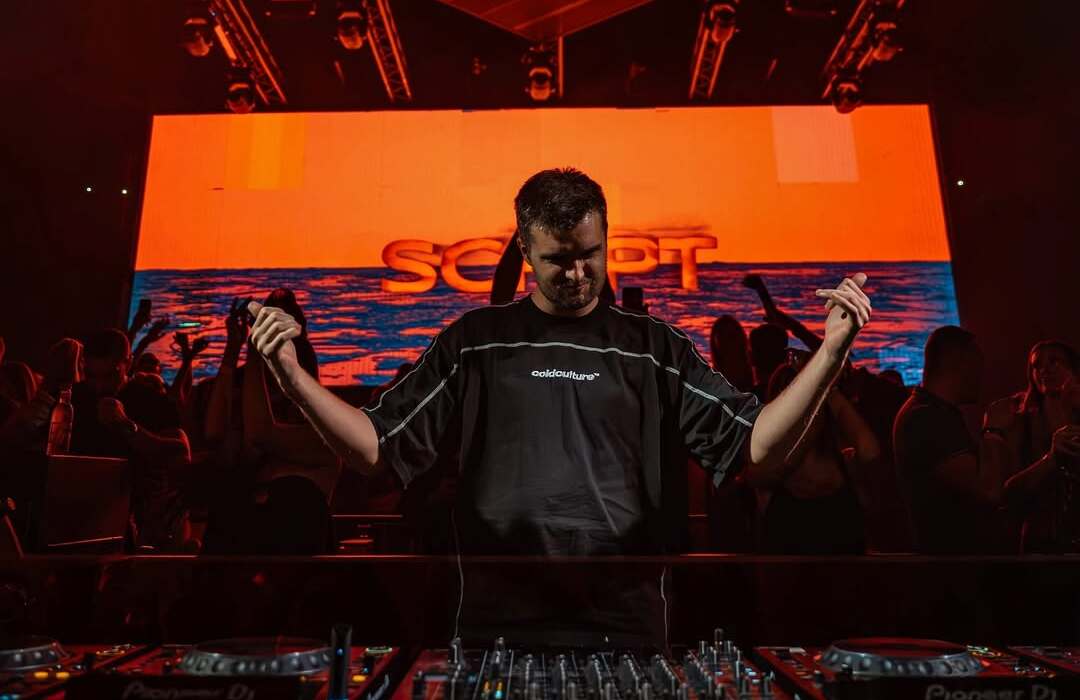The "Rule of Two" is an old directive of the Sith Order that was first mentioned by Yoda in Star Wars: The Phantom Menace. For years, fans took the rule at face value, but based on new details from The Rise of Skywalker novelization, there could be more to the rule than once thought. The original phrasing of the directive, as Yoda first put it, is that "Always two there are; no more, no less. A master and an apprentice." This refers to the Sith, who in contrast to the myriad Jedi throughout the galaxy, appears in scarce numbers.
When going through the Skywalker Saga, it's easy to see this rule illustrated. In The Phantom Menace, audiences were introduced to Sidious and Maul, but the latter is killed in the movie so his master takes a new apprentice in Count Dooku. After Dooku is later killed by Anakin, the fallen Jedi Knight goes on to become Sidious's new apprentice, Darth Vader. Fast-forward 19 years to the original Star Wars trilogy, and Palpatine attempts to lure Luke Skywalker to the Dark Side of the Force, forcing him and Vader to duel. Instead, Vader turns on his master, and while Vader is killed, Palpatine survives in secret, taking on a new apprentice: Kylo Ren.
So while the rule seems to hold up, it breaks down the second you move beyond the main Star Wars canon and into supplementary materials. For example, it's revealed in Star Wars: The Clone Wars that Maul survived the battle on Naboo, and lives on throughout the events of the first three movies, only dying briefly before the events of A New Hope. That would mean that throughout the events prior to Maul's death, there were three active Sith. Another example comes from Star Wars: The Force Unleashed. In the game, which was canon at the time of release, Vader trains his own apprentice, Starkiller. While Starkiller was eventually killed, he used the Dark Side of the Force and could be considered a member of the Sith Order.
With all that in mind, the "Rule of Two" seems to barely apply throughout the first six movies, only being true after Maul's death. Well, the Rise of Skywalker novelization provides a solution to the conundrum, in the form of a passage Rey reads from an ancient Jedi text. "The Prime is One, but the Jedi are Many. The Sith were Many but often emerge Ruled by Two." This clarifies that while there can be multiple Sith at any time, but they are ruled by the leading two. This scenario would fit the pattern that was set in the supplementary material of two Sith being in charge, and others acting in secret.
This explanation also works on a meta-level -- the reason that Sith lords crop up to violate the clean "Rule of Two" often arises from supplementary works. If everyone pretended that only the movies were in-canon, it wouldn't be a problem. However, Star Wars has a rich expanded universe, set in between the events of the movies. And those supplementary works need villains, which often end up being Sith, regardless of the "Rule of Two."
While this explanation is passable, this isn't the first time The Rise of Skywalker novelization has attempted to resolve existing plot holes, as it fills in plenty of gaps presented in the movie, including the infamous example of the mysterious Sith fleet of Star Destroyers that appear on Exegol, each of them equipped with planet-destroying technology. Of course, it's left up to each individual reader as to whether they consider the novel's attempt to expand canon clever world-building or desperate backfilling.
Written by Rae Carson and published by Del Rey Books, Star Wars: The Rise of Skywalker: Expanded Edition was released on March 17, 2020 and is available to purchase today.


